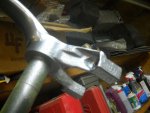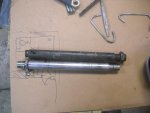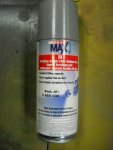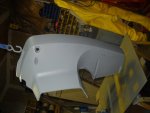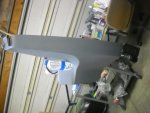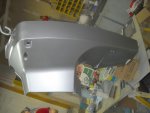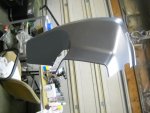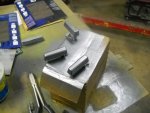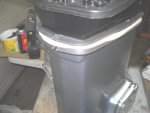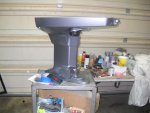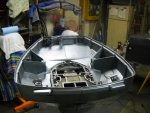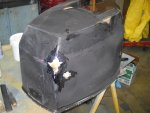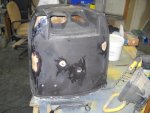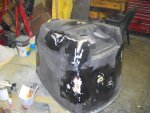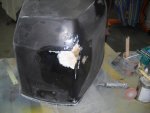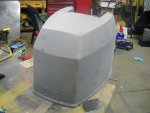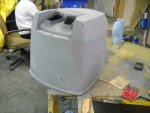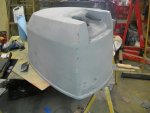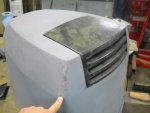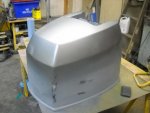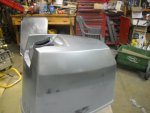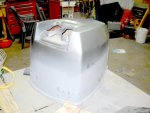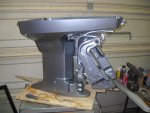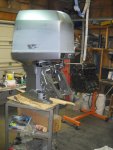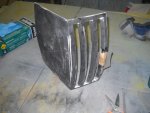Re: Update 03-03-2011
Re: Update 03-03-2011
Check this out you did good with your Urethane Primer period. As for the tilt tube no you cannot use it because its short in the wrong area, it will not fit into the end brackets correctly ...Your surface prep on the parts looks awesome.
Here is a write up on Urethane primers ..
Question: What is the difference between Lacquer Primer and Urethane Primer?
Urethane primer is about 50 times better. Many shops have not realized that lacquer primer is the most expensive primer to use in the market. All though the price tag is an attractively inexpensive cost initially, the side affect causes a transparent high cost and many shop owners never even notice. The number one cause of unsatisfied customers after experiencing an automotive finish repair was due to the use of poor quality undercoats. Lacquer primer is made of talc and resin and is categorizes as a thermoplastic type of paint resin. What is thermoplastic? The simplified answer is thermoplastic products can usually become a liquid state again.
For this example, let's say we apply some lacquer primer on a surface and let it dry (notice I did not say cure) outside for one week, a month, or even 2 years. We pull the car inside and take a razor blade and scrape off the primer and put it in your mixing cup. We pour some good grade lacquer thinner into the cup and wait a couple of days. Stir it and it will be become a liquid state where again, and depending on the resin that was used, you may be able to apply it back on the car.
This will not happen to urethane primers. Urethane and Epoxy primers are activated and go through a thermosetting stage. Again, to simplify the answer, Thermosetting in this circumstance is an activated resin that is used in urethane primer becomes a plastic type finish. The new coating structure cannot go back to it's original state. It is designed to become a strong, durable, chemical resistant coating.
The benefits of using urethane or epoxy primers are endless. The body shop and consumer are rewarded by having no lose of gloss, no shrinkage or swelling, delaminating or cracking. The solvents that are used in the basecoat systems are very strong. You must have an activated and cured undercoat in order for it to resist and repel the solvent from penetrating into it.
Since lacquer primer never cures and is made up of talc and thermoplastic resins, it absorbs the solvent instead, therefore causing lose of gloss to the topcoats followed by paint swelling. And if your lucky that's all. In more severe cases the topcoat will delaminate off the lacquer primer.
Urethane Primer contains more solids than lacquer primer and you will use about half the amount to do the same job.






















